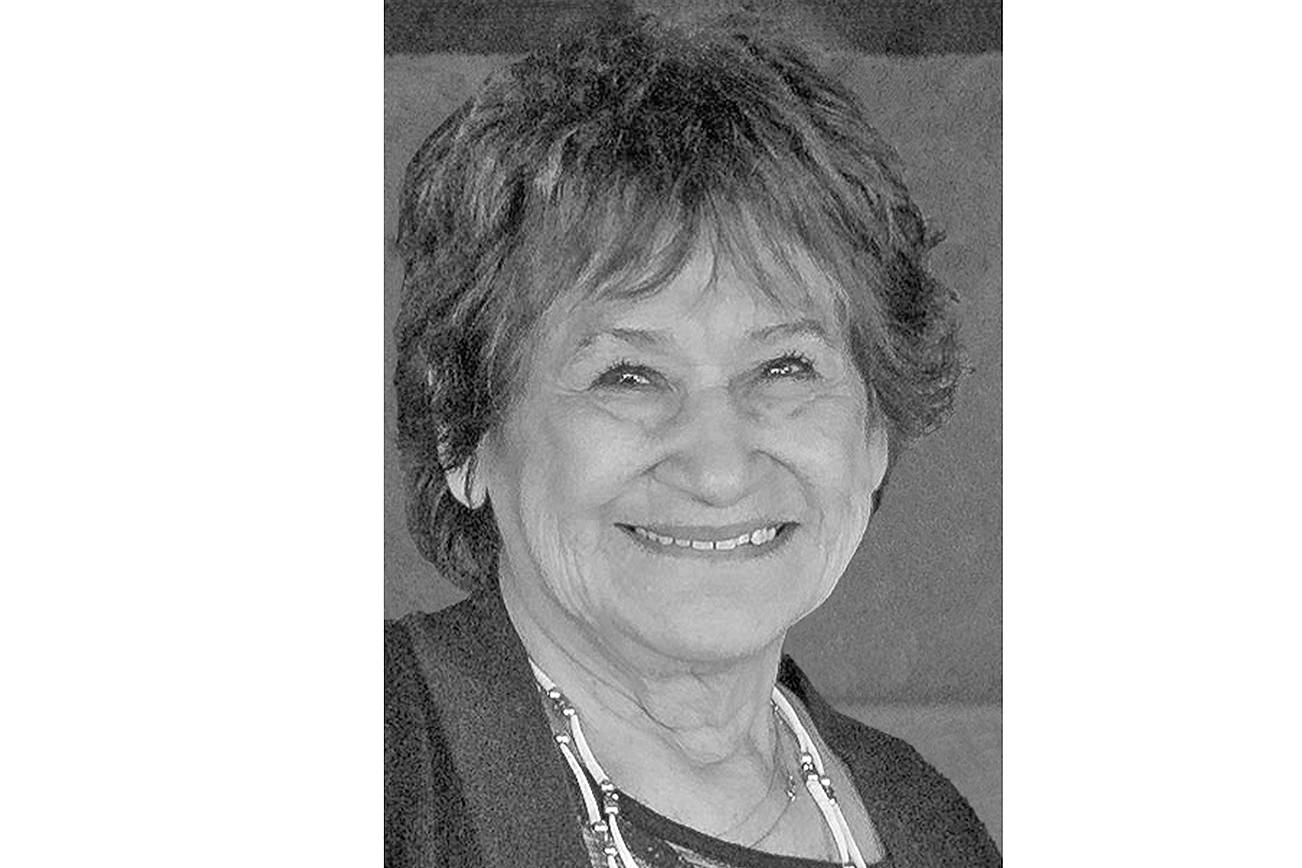By Lorraine Loomis
The Billy Frank Jr. Salmon Coalition is looking forward to another year of working together to accomplish responsible management.
We formed the coalition of tribal, state and local policy leaders, sport and commercial fishermen, conservation groups, scientists, business and others following the inaugural Billy Frank Jr. Pacific Salmon Summit in March 2018.
Our goal is to return to the kind of cooperation that has always been the key to natural resources management in our region.
Earlier this month, we presented our priorities at the second Salmon Summit. They include restoring and protecting disappearing salmon habitat, enhancing hatchery production, and management of seal and sea lion populations.
We are advocating for expanding salmon habitat by supporting protection of streamside habitat through uniform, science-based requirements. That means creating healthy streamside buffers with plenty of mature trees and vegetation that keep water temperatures low, stabilizing riverbanks and contributing to diverse in-stream habitat for salmon.
We are working to revise habitat standards in the state’s Growth Management Act and other land-use protection guidelines from one of No Net Loss to one of Net Gain. We know that we are losing salmon habitat faster than it can be restored and that the status quo does not lead to salmon recovery. We also advocate for a statewide permit-tracking system to create transparency, accountability and efficiency in tracking land-use decisions. Healthy habitat is critical for naturally spawning and hatchery salmon to sustain their populations. Until habitat can be restored, hatcheries remain key to salmon recovery. The coalition supports increased funding to provide for increased salmon production and maintenance of state, federal, tribal and non-profit hatchery facilities.
We also support increased hatchery production in key watersheds to produce salmon for Indian and non-Indian fisheries and contribute to prey availability for southern resident orcas.
We know that predation by pinnipeds such as harbor seals and California sea lions on adult and juvenile salmon is out of balance and slowing salmon recovery significantly. Harbor seal populations in the Salish Sea alone have grown from about 8,500 to nearly 80,000 in the past two decades. It has been documented that seals and sea lions are eating more than six times the number of salmon harvested by fishermen.
Our coalition is developing recommendations to maintain stable seal and sea lion populations that won’t undermine salmon recovery efforts.
As a first step we are calling for an assessment of the status of pinniped populations to determine the optimal sustainable populations of harbor seal and sea lion stocks that won’t slow salmon recovery. If need be, we support lethal removal of problem animals similar to efforts on the Columbia River.
There are no easy answers when it comes to salmon recovery. The coalition was developed to honor Billy’s legacy by connecting the best in all of us to face the challenges before us and do the work needed to maintain the health, wealth and culture of our region.
Find out more about the coalition at salmondefense.org/projects/advocate/coalition/
Lorraine Loomis is president of the Northwest Indian Fisheries Commission, which has a monthly column in this newspaper.


